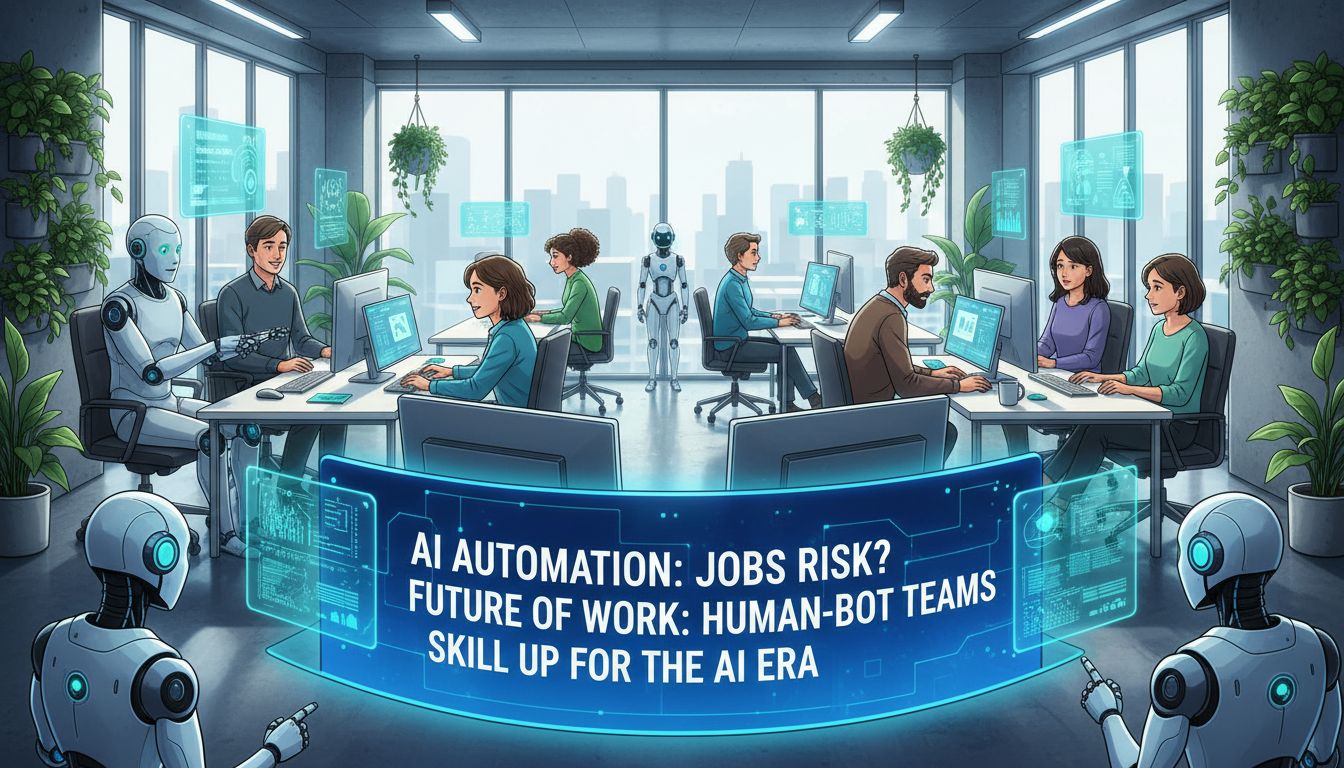Voice AI ordering is changing how we interact with businesses. From restaurants to retail, companies are adopting this technology. This shift offers convenience and presents opportunities for businesses to improve the customer journey.
With a significant number of voice AI orders processed, it’s a growing trend. This technology streamlines operations and enhances the customer experience, making it valuable for diverse industries.
Table of Contents:
- The Impact of Voice AI Ordering on Businesses
- Challenges and Considerations for Voice AI Ordering
- The Future of Voice AI Ordering
- FAQs about voice AI ordering
- Conclusion

The Impact of Voice AI Ordering on Businesses
Voice AI transforms business order handling, impacting efficiency, customer service, and staffing. Benefits include faster processing, reduced labor costs, increased order accuracy, and personalized customer service.
Yum. Brands, parent company of Taco Bell, saw voice AI handle 2 million customer orders. The positive feedback accelerated its rollout.
Streamlining Operations with Voice AI Ordering
Voice AI speeds up service and minimizes errors by automating order taking. It addresses labor shortages, allowing employees to focus on other tasks.
Over 300 Taco Bell locations use voice AI, improving speed and accuracy. It frees up staff for more complex responsibilities, offering support where needed most.
Enhancing Customer Experiences with Voice AI
Voice AI provides new ways to engage customers. Personalized greetings, recommendations, and order confirmations build connections.
Customers enjoy improved order accuracy, shorter wait times, and simple ordering. This leads to better customer satisfaction and higher retention rates.
PYMNTS Intelligence reports 27% of consumers use voice shopping. Gen Z adoption is at 42%, and about 33% of those earning $100k+ annually also utilize it.
Challenges and Considerations for Voice AI Ordering
Implementing voice AI has challenges. Companies face technical, security, and linguistic hurdles while integrating human roles alongside automation.
Technical Integration of Voice AI Systems
Creating processes and infrastructure for seamless integration is an ongoing task. PolyAI CEO, Nikola Mrkšić, says current AI capabilities are sufficient.
The focus should be integrating the decision-making processes into automated voice AI systems.
Security and Multilingual Capabilities in Voice AI
Data privacy is crucial, especially for payments. As digital data storage grows, robust security measures are paramount for businesses implementing these digital solutions.
Multilingual voice AI interactions expand market reach. Nearly three-quarters of consumers prefer digital interactions in their native language.
Language I/O CEO, Heather Morgan Shoemaker, emphasizes the risk of customer alienation for global brands that don’t consider their audience’s language preferences.
Balancing Automation and the Human Touch
Maintaining a human touch with voice AI systems is crucial for long-term success. Even with voice AI, 55% of customers still want human support access.
Effective solutions are essential for complex issues. Sanas CEO, Maxim Serebryakov, highlights people’s comfort with human interaction. He notes discussions around legally mandating human support access in certain situations.

The Future of Voice AI Ordering
Despite challenges, adoption and enthusiasm for voice AI are strong indicators of its potential. As technology and natural language processing (NLP) improve, so will these services.
Advancements in Natural Language Processing and AI
NLP advancements and algorithms improve AI’s contextual understanding through increased usage. This enhances voice ordering flexibility for complex orders.
Expanding Applications of Voice AI in Other Industries
Voice AI impacts the food industry, from drive-thru orders at fast-food chains to Domino’s pizza orders by phone.
Beyond drive-thrus, voice AI is expanding into retail and e-commerce.
FAQs about voice AI ordering
What is voice ordering?
Voice ordering lets customers place orders using their voice on devices like smartphones or smart speakers. It uses voice AI and NLP to understand and process verbal instructions.
Is AI voice cloning legal?
The legality of voice AI and deep fakes is constantly evolving, adapting to legal discussions on data protection, copyrights, and intellectual property.
Misrepresenting another entity’s biometrics requires investigation into potential legal risks within synthetic media use.
The UK’s Online Safety Bill includes a “Duty of Candor,” requiring transparency about generated content on platforms. This enhances user security and could influence adoption in regions with less developed standards.
How expensive is voice AI?
Voice AI pricing considers usage, transaction volume, setup complexity, and language implementation. Voice AI can lower labor costs by reducing call-center loads.
Sanas CEO, Maxim Serebryakov, notes that costs can sometimes be lower than some third-party support vendors.
What is the voice AI everyone is using?
No single voice AI system is universally adopted. Usage depends on individual organizational needs and chosen vendors.
Different implementations require specific products and platforms, potentially involving multi-tiered integrations of off-the-shelf software and cloud or premise-hosted components.
Popular choices include Google Assistant, Amazon Alexa, Apple’s Siri, Microsoft Azure’s AI offerings, and open-source platforms, based on individual or organizational requirements.
Conclusion
Voice AI ordering has become a core part of modern business. It streamlines processes, improves customer service, and increases efficiency through digital transformation.
From faster voice tech adoption to cost savings, it offers numerous benefits while raising ethical considerations.
Voice AI is ultimately enhancing business-customer connections. Ethical issues and human support balance must be addressed as this technology evolves within commerce.






